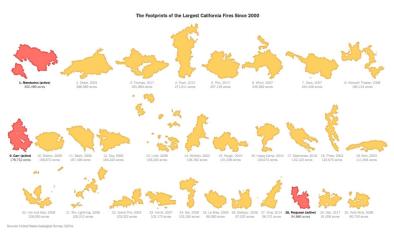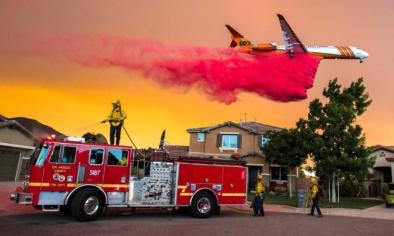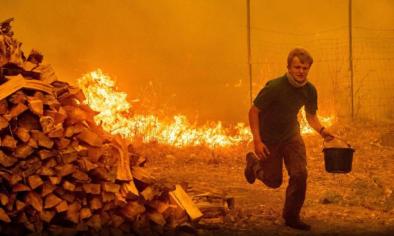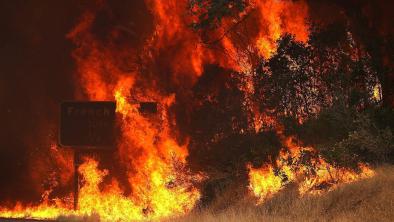The Only Thing Fire Scientists Are Sure of: This Will Get Worse

Scientists who help policymakers plan for the future used to make an assumption. They called it stationarity, and the idea was that the extremes of environmental systems—rainfall, river levels, hurricane strength, wildfire damage—obeyed prior constraints. The past was prologue. Climate change has turned that assumption to ash. The fires burning across the western United States (and in Europe) prove that “stationarity is dead,” as a team of researchers (controversially) wrote in the journal Science a decade ago. They were talking about water; now it’s true for fire.
“We can no longer use the observed past as a guide. There’s no stable system that generates a measurable probability of events to use the past record to plan for the future,” says LeRoy Westerling, a management professor who studies wildfires at UC Merced. “Now we have to use physics and complex interactions to project how things could change.”
Wildfires were always part of a complex system. Climate change—carbon dioxide and other greenhouse gases raising the overall temperature of the planet—added to the complexity. The implications of that will play out for millennia. “On top of that is interaction between the climate system, the ecosystem, and how we manage our land use,” Westerling says. “That intersection is very complex, and even more difficult to predict. When I say there’s no new normal, I mean it. The climate will be changing with probably an accelerating pace for the rest of the lives of everyone who is alive today.”
Related Content






